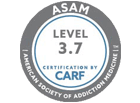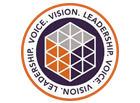By now, most Americans have seen the long running show “Intervention” on the A&E network. It sets the bar pretty high for our expectations of what an intervention is and how they are done. These are professional, well paid interventionists— who may be working with treatment centers scholar-shipping their clients in return for national exposure. What the television series does show us is the nuts and bolts of an intervention. What it doesn’t show is more of the pre-intervention steps to take.
Step One of an Intervention
You have to have a plan. What’s the point of an intervention if you have no place for the person to go to get treatment? What’s the point of a big meeting of loved ones if the meeting turns into a chaotic screaming match? If the goal is to get them help and have a happy life, it will be months before you’ll have a chance again if you trick them into a lion’s den and have no place for them to go after.
Find out their insurance information and the financial status of the individual and the family. It makes no sense to set up a treatment plan at XYZ center that doesn’t accept their insurance or the out of pocket expense is so high that it is unaffordable. And if a bed isn’t available to go to, perhaps waiting a bit is the best option. Most centers can give you invaluable information on their programs, what they can and cannot do or help you find another place that is a better fit. Costs are always a factor. Find out what the total out of pocket costs will be for treatment. Many out-of-network facilities may have lower overall costs for the same treatment as in-network facilities. Self-pay rates for the exact same amount and type of treatment vary widely across the US. Call around, inform yourself. Expense is not necessarily an indication of quality.
Step Two of an Intervention
Have a team. Who’s going to be at the intervention? What can they contribute? It makes no sense to have someone at an intervention who just wants to scream and shout and get a thousand resentments off their chest without contributing to the goal of getting the addicted person into treatment. It’s an intervention, not a blame-storming session. Don’t have people the addict intensely dislikes or who have unmanaged mental health or SUD issues. Don’t have people on the team who’ve decided they’re doing it their way.
Have a captain of the team, a central point of contact for all who will participate. Keep the whole group to 3-8 people max. A large group can be too intimidating and your loved one can feel ganged up on. You need to use the group dynamic to your benefit, not to your detriment.
Each individual of the team must support the core goals of the team. If Aunt Sally isn’t on board with 30 days of treatment like the group decides, Aunt Sally doesn’t go to the intervention.
Step Three of an Intervention
Everyone should have a set of consequences or boundaries in place if the person doesn’t go to treatment. Everyone must follow up with those consequences. Addicts and alcoholics can smell weakness from 500 yards, so if you’re wavering on enforcing the consequences at the intervention, the addict will know you’ll never follow through and it will be back to business as usual.
Have a pre intervention meeting. Discuss the team goals, the rules of conduct for the team members. What to do and not do, the consequences, and the backup plan. Prepare yourself to hear “NO” a lot. Literally almost everyone will say NO a dozen times. Just remember, you only need one ‘YES”. Your loved one will have dozens of objections. They will try to avoid responsibility for their actions, equivocate, rationalize, deny. Have a response ready on each point. Keep it short and positive. Have a short rehearsal so everyone is on the same page and knows what to expect.
Pre-Intervention
Before the intervention, you should try a one on one with the person. Depending on the person and the conversation, this can be highly successful. If the person can relate to the interventionist, is tired of using and drinking, and is just a tad bit willing to listen and engage— the formal intervention may be avoided. Just be honest, show you care, show them you’ve been there and know what to do and how to help. Some will go for it, some won’t, some will want to use right up until they get to the detox parking lot. It’s worth a shot, you have nothing to lose by trying.
Important Tips
During the intervention, try to avoid confrontation; it can take you on wild tangents, accomplishing nothing. You are concerned and supportive, not a verbal and emotional terrorist by bringing up every bad moment for the last 20 years. Stay on track and stick with the plan. Remain calm when the person shows hurt, anger, resentment, pain or just relives a false history of the past. It’s not about being right, it’s about achieving the goal of getting them into treatment. Don’t let the intervention get derailed.
Ask for an immediate decision yes or no. This “let me sleep on it”, “give me an hour to think”, “let me talk to XYZ first”, is a NO. They’re just denying the problem and stalling you to get out of a jam. Your job is to get a YES and get them into treatment right away.
What if they still say NO? Many, if not most, will say NO. Now it’s time to play poker. Everyone now starts the consequences they talked about. These consequences can be loss of contact, loss of a job, loss of housing, loss of funds, loss of support that enables bad behaviors. After a few days of consequences, usually the addict gives up and goes to treatment. He now knows everyone is serious, the party’s over.
After all that, some people would rather keep using. Time is on your side. Keep in contact with them and offering them treatment and the rewards of staying sober. After they deal with their life not supported by their loved ones, after some bumps and bruises, try another intervention. Chances are, they’ll go to treatment now.
If you get a YES, get them into the treatment center right now. Do not wait, do not hesitate, get into the car and go.
Reach Out
If you are planning an intervention, and would like advice from one of our knowledgeable addiction specialists, please call us at 877-RECOVERY or 877-732-6837. Our team of addiction specialists are available 24 hours a day, 7 days a week. Because We Care.












